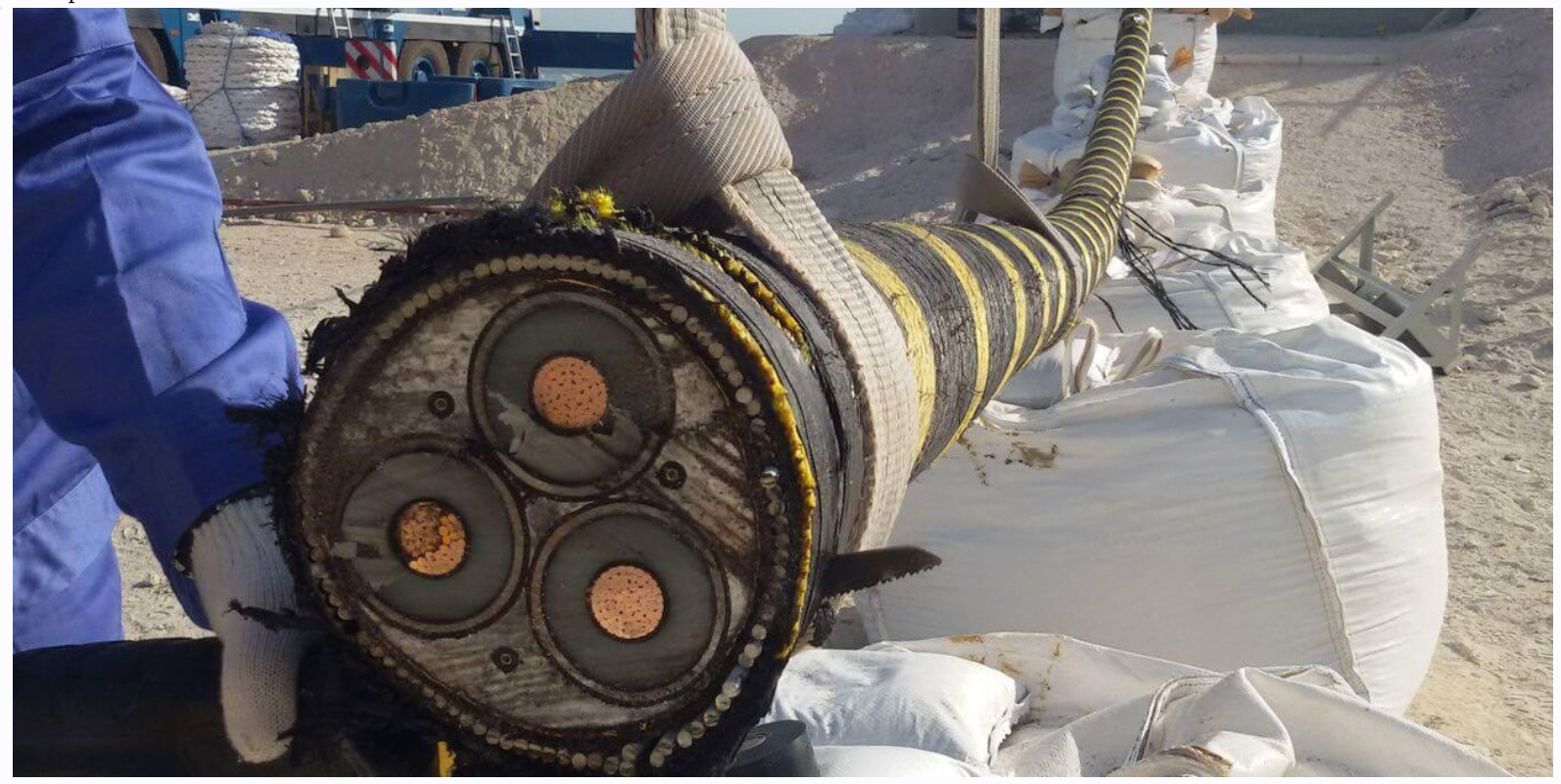Open Letter to the Audiophile Community: When High-End Becomes High Farce
There is a line between excellence and exploitation. In high-end audio, we celebrate passion, precision, and engineering that bring us closer to the music. We accept that real performance costs real money. But every so often, a product comes along that crosses the line into absurdity — and, frankly, insults the intelligence of the global audiophile community.
Case in point: a $90,000 power cord. (https://eqaudio.ca/power-cables/ansuz-mainz-d-tc3-gold-signature-power-cable/) A blatant insult to the intelligence of the global audiophile community!!!!!
Yes, you read that correctly. A piece of wire dressed up as “innovation,” sold for the price of a luxury car. It is not just excessive, it is contemptuous of the very customers who sustain this hobby.
The danger here isn’t only to one brand’s credibility. When companies market cables at such outrageous prices, they make the entire industry look foolish to the outside world. They reinforce every stereotype: that audiophiles are gullible, that high-end gear is snake oil, that this pursuit is less about music and more about status symbols.
We, as music lovers, are not idiots. We know the difference between engineering and opportunism. We know when craftsmanship justifies a premium — and when pricing is simply a provocation.
If high-end audio is to survive, manufacturers must show respect for both the craft and the community. Otherwise, the “legacy” they leave will not be of sonic breakthroughs, but of arrogance, excess, and ridicule.
This letter is not just directed at one company. It’s a call for honesty, sanity, and responsibility across the industry. If the goal is truly to celebrate music, then let’s price gear like it’s made for music lovers — not billionaires with no sense of value.
Steve Pappas
A concerned audiophile


